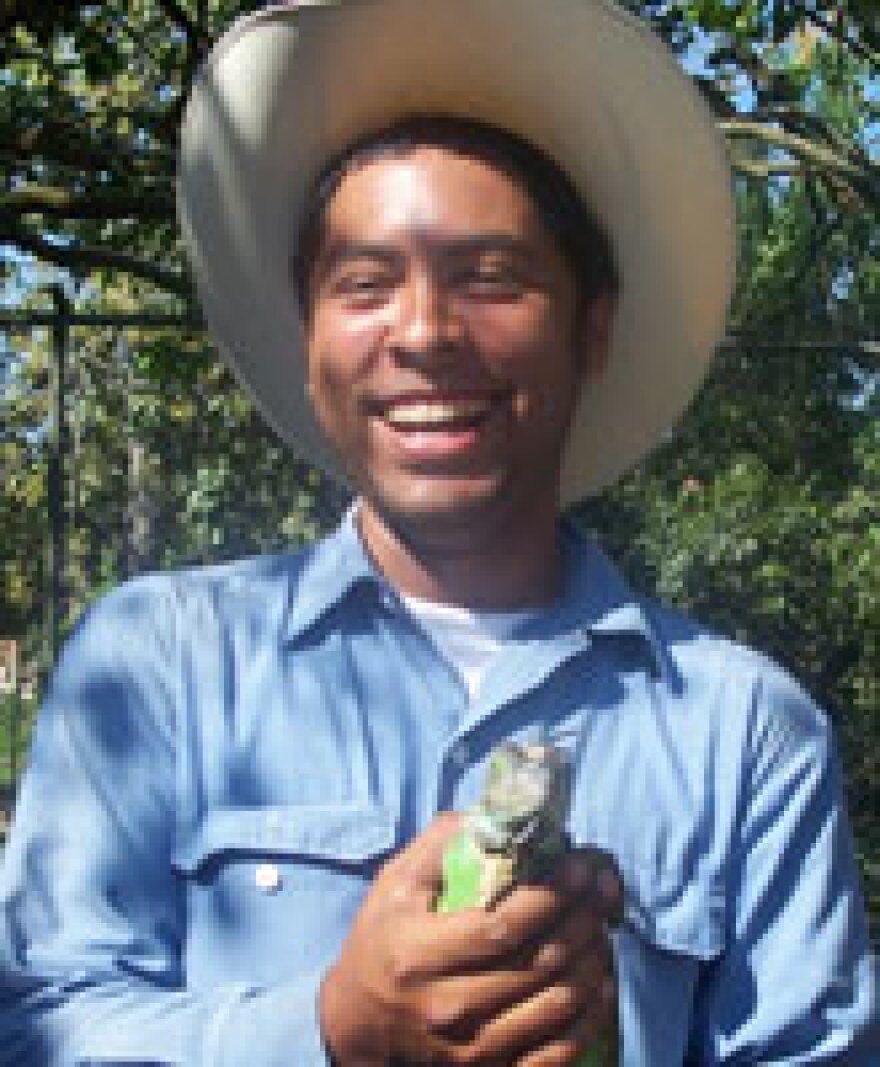It was the mid 1990's when the United States began an immigration enforcement strategy called Prevention Through Deterrence, or PTD.
It consisted of boosting security in unauthorized crossing areas surrounding major border cities with the idea that undocumented migrants would have to shift towards remote border regions where crossing conditions are much more difficult -- places like the Sonoran Desert in southern Arizona.
Two decades later, it's clear that PTD has failed to deter undocumented migrants.
The smuggling industry in northern Mexico has grown to serve the migrants, and here in the U.S., the movement to reform our broken immigration system is growing with bipartisan support.
But what of the life stories of these migrants?
That question has led Jason De León to apply his scientific training in anthropology and archeology to discovering the thousands of stories of these migrants.
De León is a professor of anthropology at the University of Michigan and he's the director of the Undocumented Migration Project.
“I grew up in southern Texas along the border about eight miles from Mexico. I had many family members who were undocumented,” De León said. “Immigration was something that’s always been in my background.”
As director of UMP, his mission is to take this highly-politicized topic and demystify it with science to provide the public with a better, more nuanced understanding of immigration.
The UMP team uses anthropological and archeological methods to collect items left behind by migrants en route and analyze what these artifacts reveal about the immigration process. They also interview migrants before and after crossing.
While the method of archeology UMP uses is no different than that used in historical sites, it has garnered a very different reaction.
“I’m probably one of the few archeologists who gets hate mail,” said De León. “I’ve been told that this is not science. I’ve been told that this is not archeology, despite the fact that we’ve been funded by the National Science Foundation, despite the fact that I’ve published articles that have been peer-reviewed by my colleagues.”
His collection is now the largest body of migrant artifacts in the country: everything from shoes to water bottles to love letters and photographs.
De León hopes that his collection of artifacts will be preserved in museums, but would also like some of the items to go back to Mexico.
For more information on the project, go to http://undocumentedmigrationproject.com/
-Michelle Nelson, Michigan Radio Newsroom
Listen to the full interview above.




